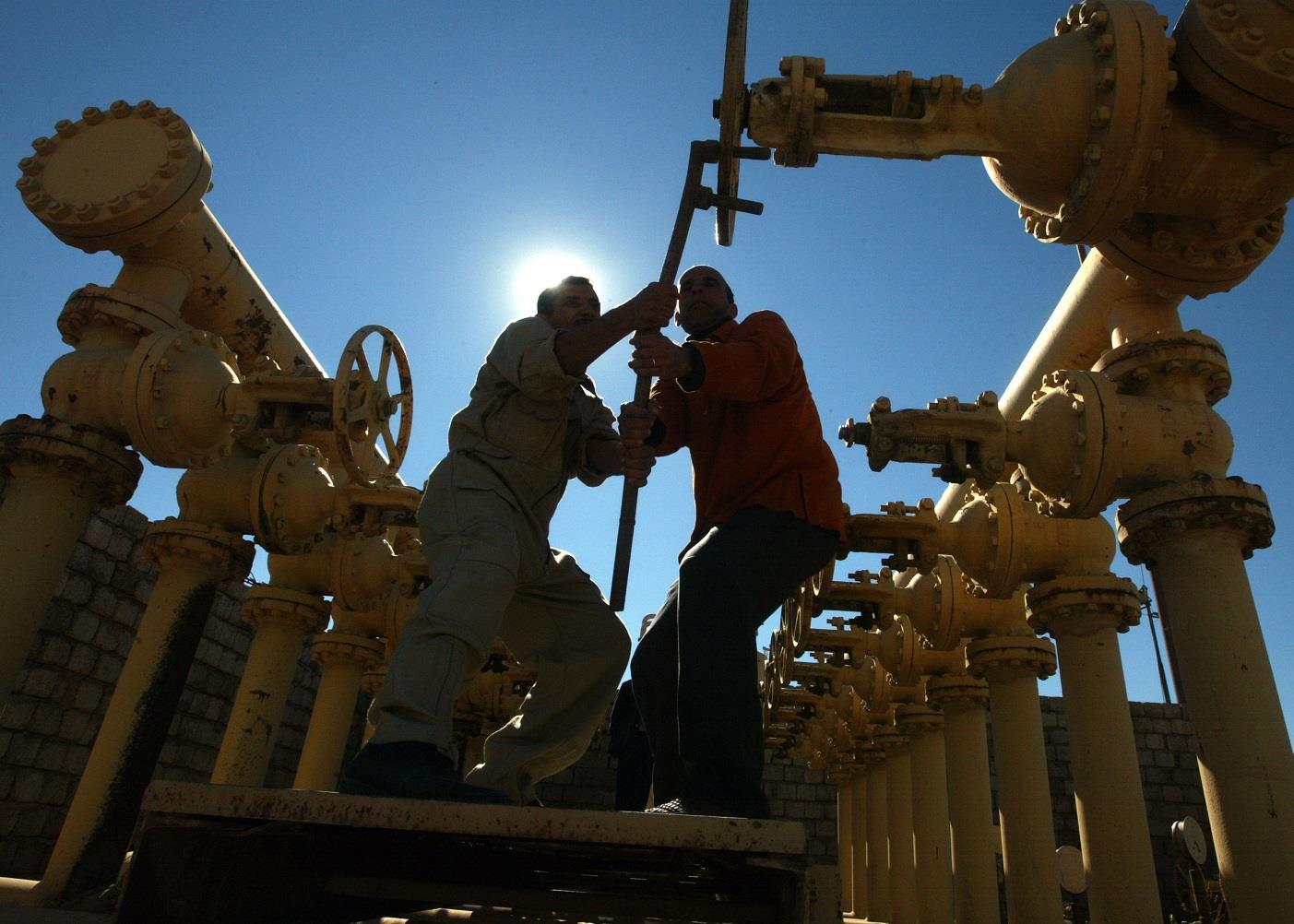

Healthcare tourism is a $60bn industry and presents an enticing opportunity for hospitals and medical authorities in Dubai and Abu Dhabi
Every year, the UAE healthcare authorities send several thousand locals abroad to hospitals in Germany, the UK, the US and elsewhere.
For patients it means they receive the treatment they need in areas such as oncology, neurosurgery and cardiology that are unavailable locally. But this comes at a price. Dubai Health Authority (DHA) says it spent an average of AED162,000 ($44,000) on treatment for every patient it sent overseas in 2013.
But for each Emirati going abroad, many more are coming to the UAE to receive care, particularly to Dubai Healthcare City (DHCC). Since it was set up in 2002, DHCC has become the biggest medical tourism destination in the region.
The two hospitals and 120 outpatient centres in the city looked after 260,000 international patients in the first half of 2015. The greatest number come from across the GCC, but patients also come from other parts of the Middle East, Europe and Asia.
Range of treatments
Infertility treatment is the most common procedure for visitors, followed by cosmetic, dental, cardiac, and orthopaedic treatments. The care they receive can often be life-changing.
In 2014, DHCC treated a 51-year old Qatari man with complex spinal treatment, which allowed him to walk again.
Other patients find they need to make multiple visits. In June 2007, Suha Bashayreh, a Jordanian teenager, was involved in a traffic accident that meant both her legs had to be amputated. She first visited DHCC in May 2009 for prosthetic rehabilitation, and has returned several times since then for follow-on treatment.
As well as improving peoples lives, the sector is also providing a welcome boost to the economy. The local Alpen Capital estimates medical tourism was worth $1.7bn to the UAE in 2013. But in many ways the country is just scratching the surface.
Large market
Globally, 12-15 million people travel every year for medical procedures, spending about $40bn-$60bn in the process, according to US-based medical tourism organisation Patients Beyond Borders. Most people prefer to stay fairly close to home, with 85 per cent travelling by flights that last a maximum of six hours, says the organisation.
That presents the UAE with a large potential market, including India, East Africa, Southeast Europe and more besides.
Because of cost, convenience and cultural preferences, most patients wish to keep medical travel regional, says Josef Woodman, CEO of Patients Beyond Borders.
This is good news for the UAE, which carries opportunities to draw from a wide array of countries in the region. Also, the healthcare lag in other GCC countries gives the UAE at least a decade of opportunity to establish itself as the regional destination of choice for short-haul medical travellers.
More investments are being made to tap into that potential. DHCC is expanding, with a second phase taking shape on a large plot adjoining Dubai Creek. Projects on the site include the WorldCare Wellness Village, which will focus on diseases such as obesity, hypertension and diabetes, and which is being developed by the US WorldCare International.
2020 target
Such schemes should help Dubai close in on its target of attracting more than 500,000 medical tourists a year by 2020, as well as with its Dubai Health Strategy 2021, launched in January with the aim of bolstering the emirates position as a regional medical hub.
The activity is not restricted to the DHCC free zone. In November, the UKs Kings College Hospital (KCH) announced it will build a hospital with 80-100 beds in the planned Dubai Hills area in Mohammed Bin Rashid City, supported by a small network of clinics.
The clinics will open over the course of 2016 and 2017, with the hospital following in 2018. It will specialise in paediatrics, endocrinology, orthopaedics, obstetrics and gynaecology, as well as other acute and general medical services.
KCH already runs a clinic in Abu Dhabi, which mostly caters to locals and expatriate residents. The new clinics in Dubai are likely to have a similar mix of patients, but Simon Taylor, director of commercial development at KCH, says the firm is interested in attracting patients from other countries to the new hospital.
There is the possibility of attracting inward medical tourists from other places in the Gulf, says Taylor. Thats something well be interested to see if we can develop.
On the whole, Abu Dhabi is less developed than Dubai. There are 39 hospitals and other healthcare facilities in the emirate accredited by Joint Commission International (JCI), a US-based standards body. In Dubai, by contrast, there are 73. Dubai also benefits from having more extensive air connections and a deeper pool of high-quality accommodation.
| Internationally accredited healthcare facilities in the GCC | |
|---|---|
| Country | Number of facilities |
| UAE, of which: | 128 |
| Abu Dhabi | 39 |
| Ajman | 3 |
| Dubai | 73 |
| Fujairah | 1 |
| Ras al-Khaimah | 4 |
| Sharjah | 7 |
| Umm al-Quwain | 1 |
| Bahrain | 1 |
| Kuwait | 3 |
| Oman | 3 |
| Qatar | 14 |
| Saudi Arabia | 94 |
| Source: Joint Commission International | |
What Dubai has got going for it is the fact that its a central transport hub, says Taylor. Its very easy to get into Dubai, so thats a big advantage. Its also got extensive, good-quality hotels. Its got the infrastructure.
There are challenges, however. Overall, there are some $90bn-worth of healthcare construction projects planned or under way across the Middle East and North Africa (Mena) region, with $72bn of them in the GCC, according to regional projects tracker MEED Projects. Some of these will be competing for medical tourists, for example the International Medical City project in Oman, which is being developed by Saudi-based Apex Medical Group at a cost of about $650m.
Cost comparison
The relatively high cost of care in the UAE is another issue the country needs to grapple with, as it is bound to put off some less affluent travelers. However, price is just one factor that people consider when they travel for medical care, and not always the most important one.
The UAE is definitely more expensive than India or Thailand, but its still [cheaper] than a lot of other places in Europe and the US, says Jonathan Edelheit, CEO of the US-based Medical Tourism Association.
For some people its not about the pricing, its about making sure theyre getting quality. When you deal with insurance companies or governments that send patients abroad, pricing isnt the key factor. Their main factor is quality and good outcomes.
One reason why the UAEs pricing is higher than in some destinations is that all its healthcare, all the doctors and nurses, have to be imported. That is a disadvantage the country has to overcome and the way its going to overcome this is by focusing on quality.
Economic benefits
If the UAE manages to do this, there are some important potential economic benefits. Medical tourists often spend more than regular tourists, as they tend to stay for longer and travel with family members or other companions, who help to fill hotel rooms.
Investment in hospital-building programmes and the employment created in those facilities also contribute to economic activity. Healthcare authorities should also find that once more facilities are in place locally, they no longer have to send so many of their own citizens abroad for treatment.
Its going to help really boost economies in the GCC, says Edelheit. A lot of GCC countries are spending billions sending patients abroad and if they can increase the quality [of their own healthcare facilities] they can start keeping these patients at home and save [that money].
| Medical tourism Index | ||
|---|---|---|
| Ranking | Destination | Score |
| 1 | Canada | 76.87 |
| 2 | UK | 74.85 |
| 3 | Israel | 74.17 |
| 4 | Singapore | 73.96 |
| 5 | Costa Rica | 72.78 |
| 6 | Italy | 72.01 |
| 7 | Germany | 70.69 |
| 8 | Philippines | 70.66 |
| 9 | Japan | 70.40 |
| 10 | France | 70.22 |
| 11 | South Korea | 69.97 |
| 12 | Spain | 69.33 |
| 13 | Brazil | 67.87 |
| 14 | Jamaica | 67.68 |
| 15 | India | 67.50 |
| 16 | Colombia | 67.36 |
| 17 | Dubai | 66.10 |
| 18 | Dominican Republic | 66.02 |
| 19 | Poland | 65.48 |
| 20 | Thailand | 65.46 |
| 21 | Argentina | 64.35 |
| 22 | China | 63.13 |
| 23 | South Africa | 62.05 |
| 24 | Mexico | 61.03 |
| 25 | Russia | 50.28 |
| Source: Medical Tourism Association | ||
You might also like...

Aramco awards key offshore trunkline contract
16 May 2024
A MEED Subscription...
Subscribe or upgrade your current MEED.com package to support your strategic planning with the MENA region’s best source of business information. Proceed to our online shop below to find out more about the features in each package.










